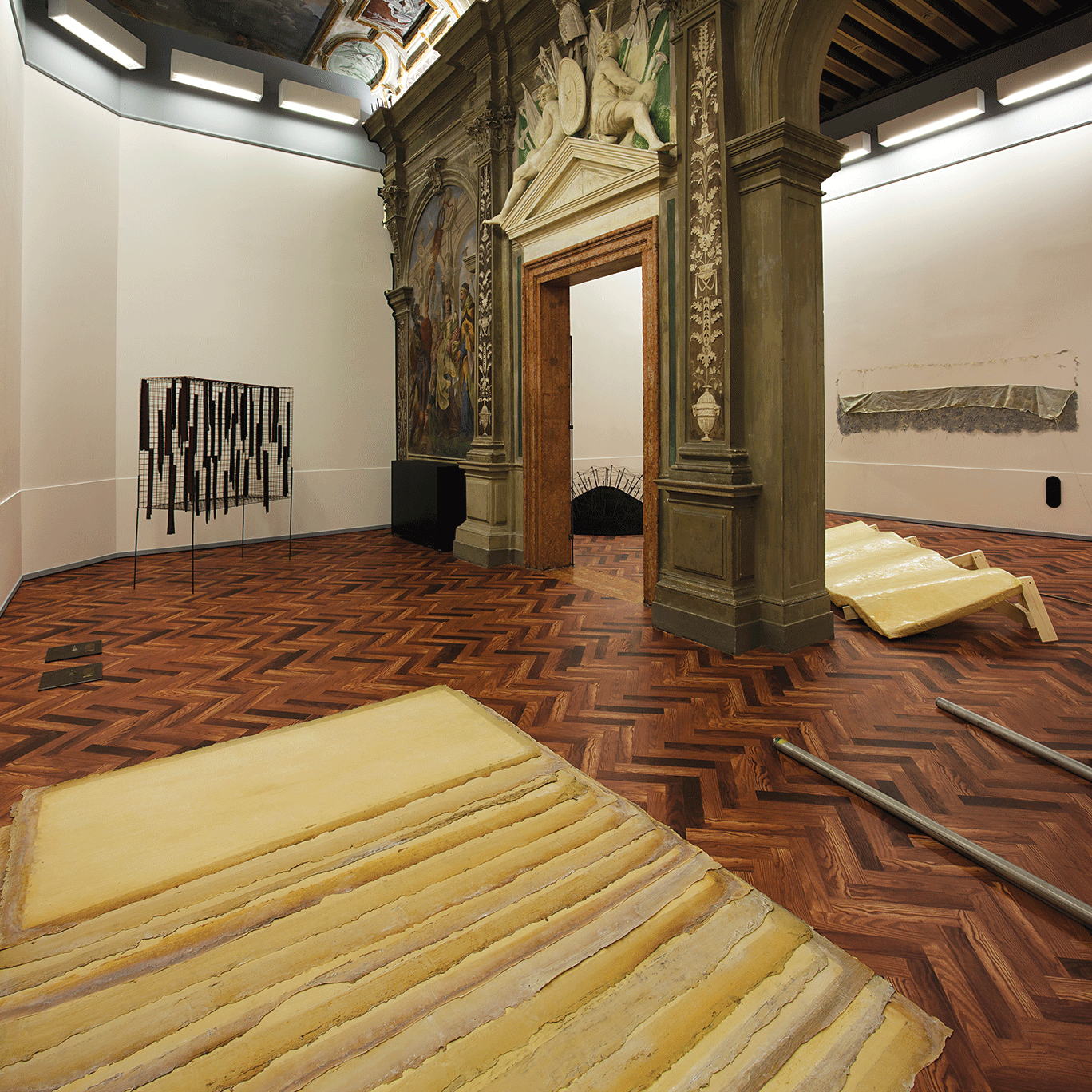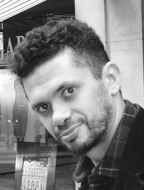« Features
Kettle’s Whistle. Live in Your Head
Happy Birthday “Live in Your Head: When Attitudes Become Forms”. It was March 1969 when the exhibition organized by Harald Szeemann opened at the Kunsthalle Bern in Switzerland, crossing the proverbial point of no return or, to deploy a rather abused expression, instigating a paradigm shift that 50 years later it’s still so resonant to the point of constituting a regular rubric for most exhibitions-making and curatorial studies.
The vision of Michael Heizer drilling the pavement in front of the Kunsthalle or Richard Serra splattering lead and fat on the wall was an authentic shock for the tranquil and conservative city of Bern in the late 1960s. The generational and cultural turnover was so evident that the artists in the show didn’t even have to retort to blatantly confrontational politics to solicit an indignant response from their audience. The social landscape was changing, and the show was another testimony of events of much larger magnitude and scope. Years later, Szeemann himself noted in his writings how he eventually lost control of “Attitudes,” as if the exhibition, propelled by the energy of the art on display, became a sentient creature.
Artists like Aldo Walker started showing up to exhibit their work uninvited; the president of the association for cultural events in the Canton of Argau wrote Szeemann a letter announcing the intention to deliver dynamite candles to the Kunsthalle to test their “artistic potential,” possibly with the curator in the building; and some bars and restaurants refused to serve that gang of young and radical visitors who suddenly filled the city’s nights. What was unfolding was dramatic and at times even slightly comical. Joseph Kosuth recalls an official dinner when Szeemann accidentally glassed himself during a toast and went on giving his speech, blood pouring from his face, as if nothing had happened. The protests were so fierce that once the show was over Szeemann decided he had had enough. He resigned from his post, taking the first steps of his equally influential career as independent curator.

Installation view of “When Attitudes Become Form: Bern 1969/Venice 2013.” From left to right: works by Eva Hesse, Reiner Ruthenbeck, Gary B. Kuehn, Keith Sonnier, Bill Bollinger. Fondazione Prada, Ca’ Corner della Regina Venice, June 1st – November 3rd 2013. Photo: Attilio Maranzano. Courtesy Fondazione Prada.
Over the past decades, “When Attitudes Become Forms” has received a platitude of curatorial tributes from figures such as Jens Hoffmann, Heike Munder, Clive Phillpot, Andrea Tarsia, Philippe Vergne, Massimiliano Gioni and the Getty Institute (who now runs the Szeemann estate), to name just a few. The most authoritative homage, however, was put together by Germano Celant, Rem Koolhaas and Thomas Demand when they rebuilt the entire exhibition room by room at the Prada Foundation during the 55th Venice Biennale. In an age in which artists like Marina Abramović are comfortable restaging or in certain cases delegating to others the execution of their work following a music score logic, the idea of reinstalling an exhibition is probably not so incomprehensible. Celant could also claim a certain familiarity with the subject.
Many artists in the show, like Jannis Kounellis, Alighiero Boetti and Gilberto Zorio, were part of the Arte Povera movement Szeemann had theorized only a couple of years before. Not to mention that the original exhibition catalogues featured Tommaso Trini’s “New Alphabet for the Body and the Matter,” arguably one of the most important texts written on Arte Povera up to that point. But even accepting the museological notion according to whom it is legit to represent a fundamental chapter in history of art and let the viewer doing the work of contextualize it-after all, Szeemann did something similar, albeit with much purer objectives, when he commissioned a rebuilt of Kurt Schwitters’s Merzbau in 1982-Celant’s version of “When Attitudes Become Forms” came across as a mystification dressed up in celebratory tones.
Fifty years on, the art is still splendid. It certainly deserves the right to exist in the present tense, with the condition that it is introduced for what it is and not as a conduit for circumstances that cannot be repeated. Szeemann once said that his audience could be divided in three groups-those who have seen his exhibitions, those who have not and those who have not but talk about it. The crowd who visited the exhibition in Venice six years ago saw something visually extraordinary, but they shouldn’t even entertain the thought of belonging to the first of the aforementioned categories. Those who are really interested in trying to relive that experience are better off visiting Bern if they can and spending some time in the Kunsthalle building, breathing the atmosphere of the city and trying to picture what the exhibition must have been about. It’s admittedly an exercise that requires a stronger degree of imagination, but after all, wasn’t the show called “Live in Your Head?”
Michele Robecchi is an art critic and curator based in London. He is a commissioning editor at Phaidon Press, where he has edited monographs of artists such as Elmgreen & Dragset, Sharon Hayes, Yayoi Kusama, Kerry James Marshall and Frank Stella. He is the author of From Mona Lisa to Marge: How the World’s Greatest Artworks entered Popular Culture (2014) and Unmasked: The Stories and Secrets Behind the World’s Most Famous Portraits (2020).




































Leave a Reply
You must be logged in to post a comment.